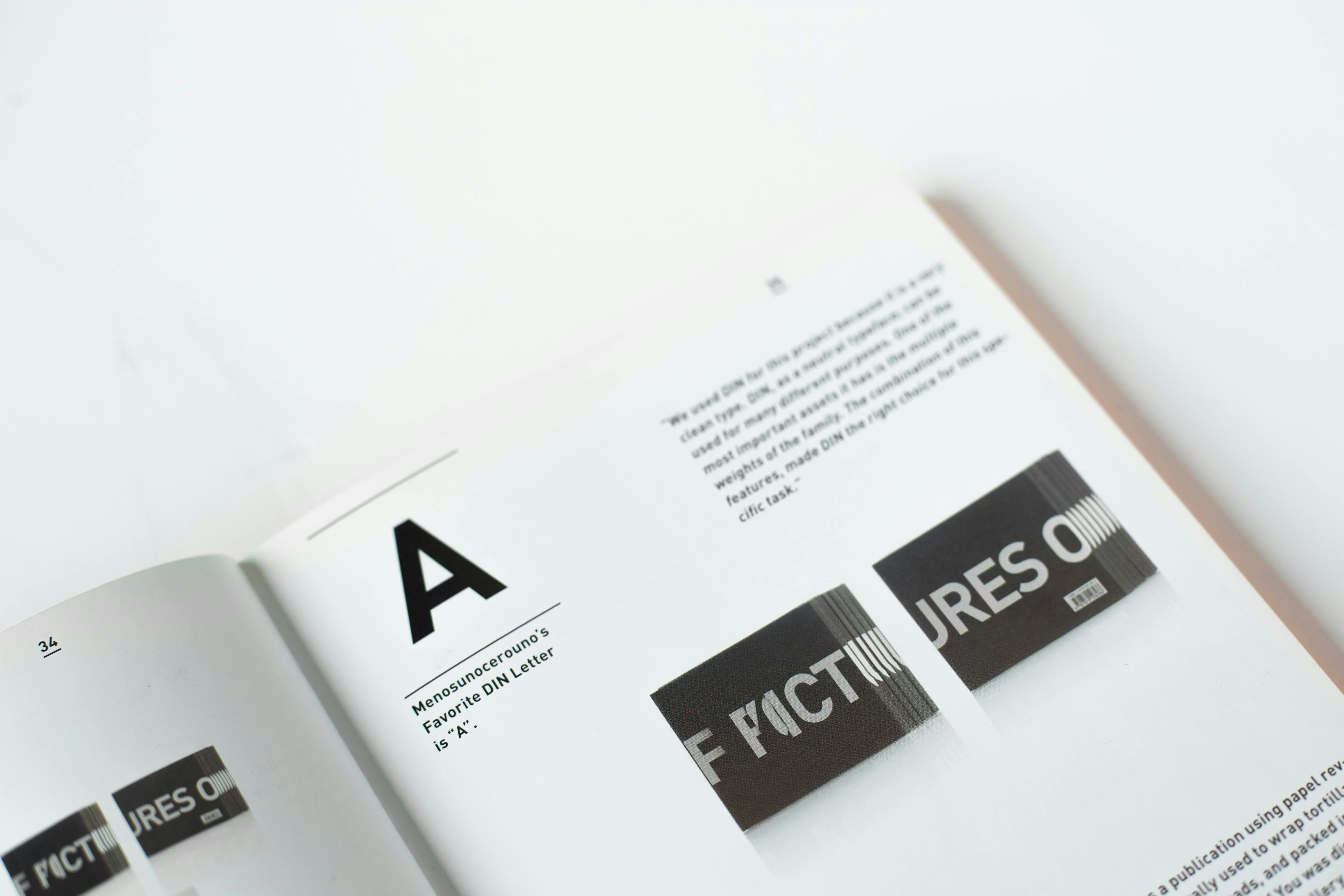
Back to Insights
The Evolution of Typography: From Traditional to Digital Expression
Jul 25, 2024
LAYOUT
Typography, the art and technique of arranging type to make written language readable and visually appealing, has undergone a remarkable evolution from its traditional roots to the digital age we inhabit today. This evolution not only reflects advancements in technology but also changes in design philosophies and cultural shifts. Let’s take a journey through time to explore how typography has transformed over the centuries, shaping the way we communicate and perceive written information.
Traditional Typography: The Foundations
Typography as we know it today has its roots in the movable type printing press invented by Johannes Gutenberg in the 15th century. This revolutionary technology allowed for mass production of printed materials, marking the beginning of typography's journey. Early typefaces, such as Garamond and Caslon, were inspired by calligraphy and aimed to mimic the handwritten forms familiar to scribes.
Throughout the centuries that followed, typography evolved alongside printing technologies and cultural movements. From the elegant serifs of the Renaissance to the bold and geometric sans-serifs of the 20th century, each era brought new styles and innovations. Typographers and designers experimented with letterforms, leading to the development of distinct typographic identities associated with different time periods and design movements.
The Digital Revolution: Typography in the Digital Age
The advent of computers and digital technologies in the late 20th century brought about a seismic shift in typography. Suddenly, designers had unprecedented control over type, with software enabling the creation, manipulation, and application of fonts with ease. This era saw the rise of digital typefaces, ranging from classic revivals to innovative creations that pushed the boundaries of legibility and expression.
Graphic design software such as Adobe Illustrator and typography-focused tools like FontLab empowered designers to experiment more freely with typography. The ability to kern, track, and scale typefaces effortlessly transformed how typography was approached in both print and digital media. As websites proliferated, web typography emerged as a specialized field, requiring considerations of legibility across different screen sizes and resolutions.

Contemporary Trends: The Fusion of Tradition and Innovation
In the 21st century, typography continues to evolve, reflecting a blend of traditional principles and digital innovation. Designers often draw inspiration from historical typefaces while incorporating modern touches to create unique typographic voices. The emphasis on responsive design has further shaped typography, with fonts optimized for readability on devices ranging from smartphones to large desktop screens.
Moreover, the democratization of design tools and the rise of typography as a crucial element of branding have led to a renewed appreciation for typographic craftsmanship. Custom typefaces designed specifically for brands and publications have become increasingly common, underscoring the importance of typographic identity in visual communication.
Conclusion: The Future of Typography
As we look to the future, the evolution of typography shows no signs of slowing down. Advances in artificial intelligence and variable font technology promise to further expand the creative possibilities of typography, offering designers new tools to explore expressive and dynamic typography.
In essence, typography’s journey from traditional printing presses to digital expression is a testament to its enduring significance in visual communication. By understanding its rich history and embracing technological advancements, designers can continue to push the boundaries of typographic design, ensuring that typography remains a vibrant and essential aspect of our visual landscape.
